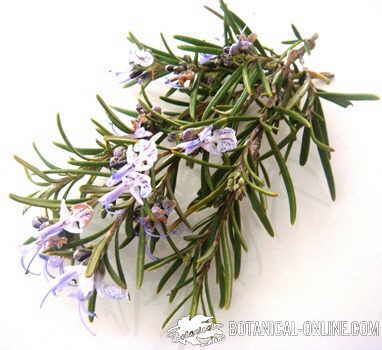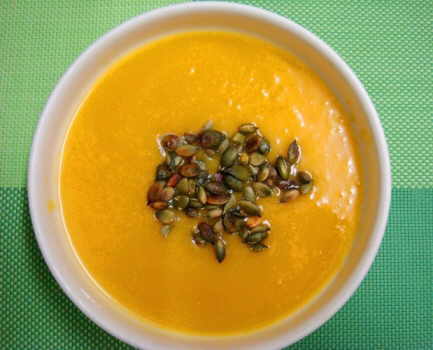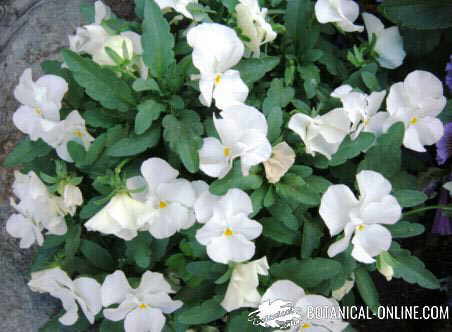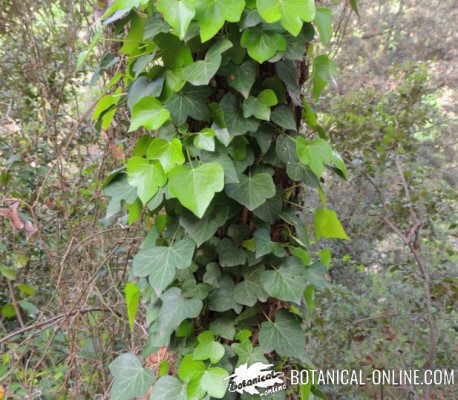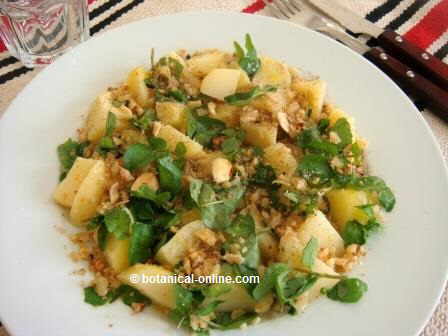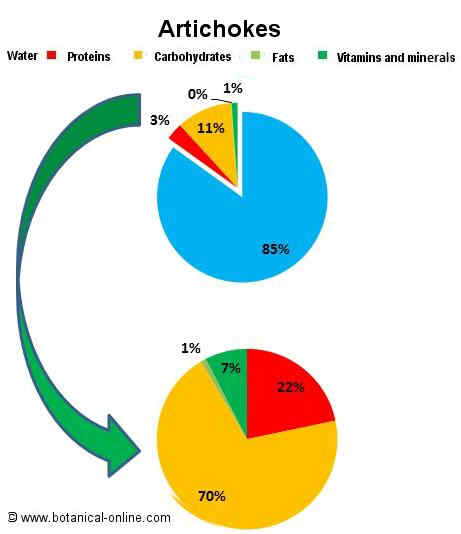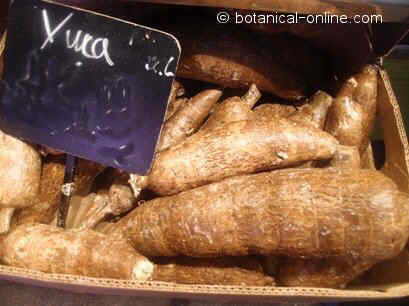Contents
Food uses of amaranth
We can see amaranth used in different products:
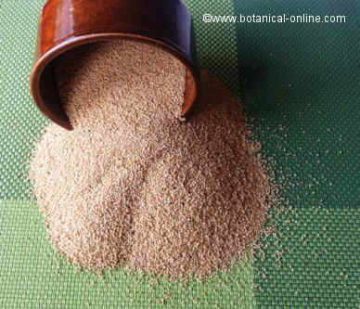
- Amaranth seeds: They can be eaten cooked in soups, gravies, tamales and desserts, such as “sweet joy”, a popular dish in Mexico made from popped amaranth seeds (like popcorn), honey, raisins and nuts. Also for decorating cakes, making ice cream, sorbet and nougat. When added to tomato sauces, amaranth takes all the flavor and gives a delicious texture to the recipe.
Some peoples of Mexico, or Tonanxochihuautli Huazulco, continue the gastronomic tradition of producing and exporting several traditional products of amaranth.
- Amaranth pancakes: amaranth has the ability to “pop” like popcorn, but in smaller size. You can profit this property to make patties, balls or amaranth as an ingredient for muesli.
- Amaranth leaves: eaten as tamales, soups, salads, cooked as a vegetable or puree.
- Amaranth flour: although it has no gluten, so no bread can be made with it, Amaranth flour can be used to make biscuits bechamels, crêpes etc.. (suitable for celiac)
- Amaranth oil: This oil is used for medicinal purposes for its antioxidant, anticancer and heart-healthy. Oil is also known under the name of Huautli.
- Chicha: In Bolivia an alcoholic beverage called Chicha is consumed. It is brewed from fermented amaranth seed.
History of amaranth
Amaranth is a grain native to America. The first traces of its use date back 4.000aC in the Tehuacan Valley in Mexico. As with the quinoa, the arrival of Spanish colonists banned the cultivation and consumption of amaranth because it was part of pagan religious rituals.
One of these Aztec rituals was to draw figures of deities with a paste of amaranth, honey and human blood. Cortes thought it was an abominable ritual and ordered to eradicate all fields. Other hypotheses suggest that amaranth was banned to keep the people weak so as they were more easily to conquer.
Years later, in the study of pre-Hispanic civilizations, wise people of American tribes were asked which were the basis for the support of their civilization and culture, to which they replied, “what keeps life: corn, beans and amaranth. ”
Indeed, these three crops were the three main crops in the Americas before the arrival of the European conquerors. Although corn and beans are still important in the culinary culture of those people, amaranth consumption however is still unknown, as a historical victim of a clash between two different cultures.
Probably the first to know amaranth were the Mayans (or Aztecs) and subsequently was incorporated by the Aztecs and Incas. The traditional way of consumption was in the preparation of atoles (drink made from the decoction of the seeds), tortillas, tamales (wrapped in its own seed leaf and cooked), and young leaves, that were roasted and consumed as a raw vegetable and for animal fodder.
Cooking characteristics of amaranth
Amaranth is a seed very small, about the size of sesame seeds, and yellow or cream. Its flavor is a mixture of fresh and dried fruits, and its texture is crunchy.
Amaranth is a especially important pseudocereal in a vegetarian diet to complete protein intake of cereals and legumes, and for the diet for people with allergies to gluten. Since it does not contain gluten, it is well digested for these people.
Where to buy amaranth
Amaranth and flour can be bought in markets, food stores, supermarkets, in coeliacs sections and online stores. In America, it can be found regularly in the markets. Some Latin American markets sell amaranth leaves, although the trade is not widespread in other areas.
China is the major producer of amaranth at present. It is also grown in Mexico, USA (Colorado, Illinois, Nebraska), and Russia.
It is hard to find a store that sells amaranth oil. We find it in a few hypermarkets, health food stores and pharmacies (in supplement form), but you must usually ask in advance. Another practical solution is to buy it online.
Price of amaranth
- Amaranth grain : the price varies between 3 and 4.50 € / kg, depending on whether or not organic origin. It is usually sold in half-kilo formats at 2.20 € a bag.
- Amaranth flour: The price ranges from 8 to 13 € / kg.
- Amaranth Muesli: The price ranges from 6 to 12 € a kilo, depending on other ingredients and if organic origin or not.
- Amaranth oil: The price of amaranth oil retails between 150 and 200 € a liter. It is sold in 100ml bottles, with a price about 15-20 €.
Conservation of amaranth
Once opened, amaranth flour should be stored in airtight containers, preferably in glass, and must be stored in a dark, cool and dry place.
It can be preserved for a long period of time, and even flour is more durable than the whole wheat flour, although it is recommended to consume flour or grain that has been stored for over 1 year.
![]() More information on amaranth
More information on amaranth

